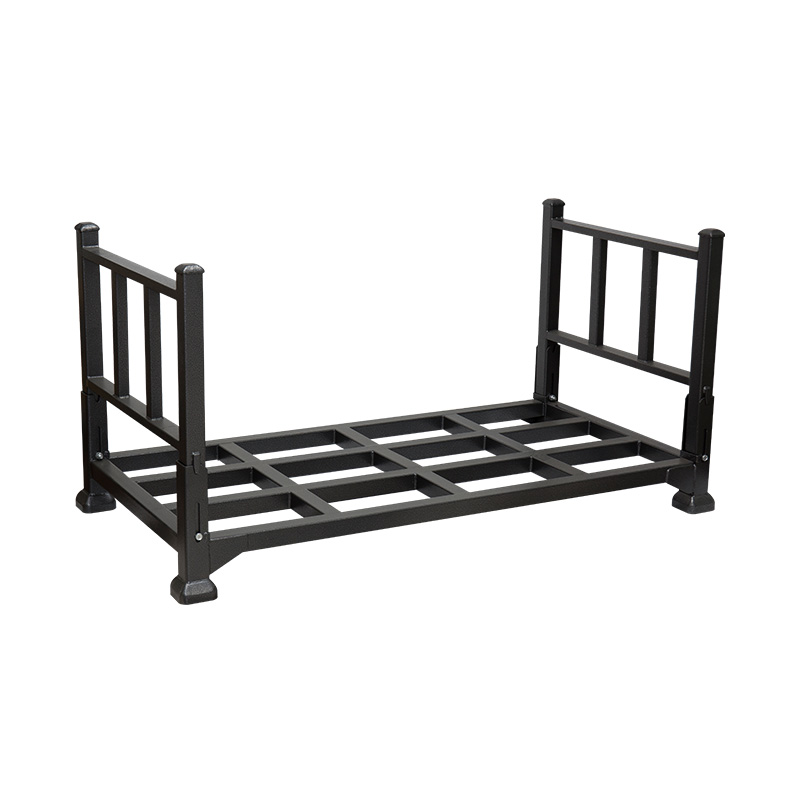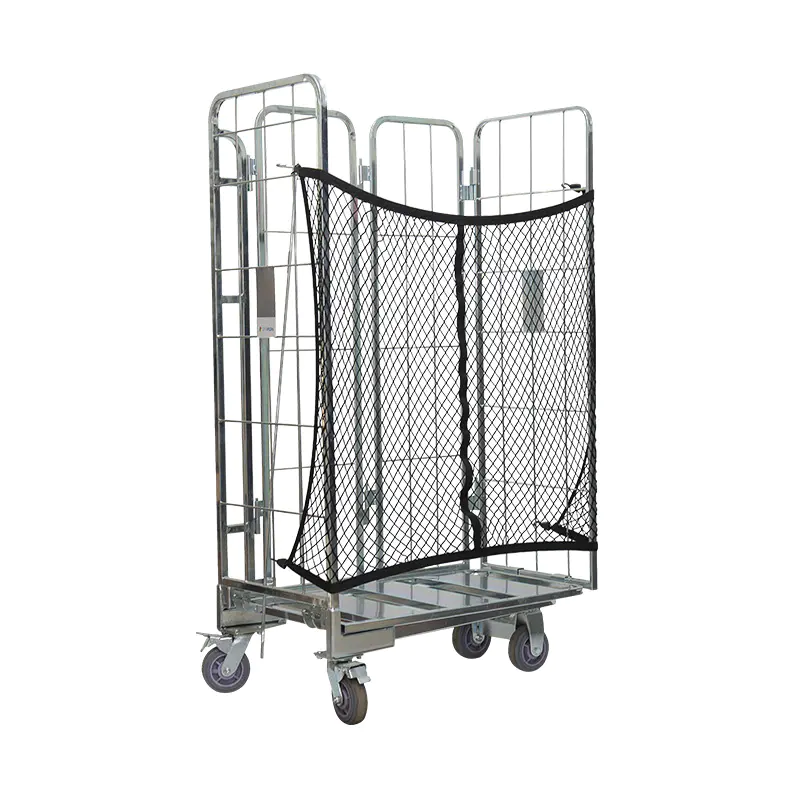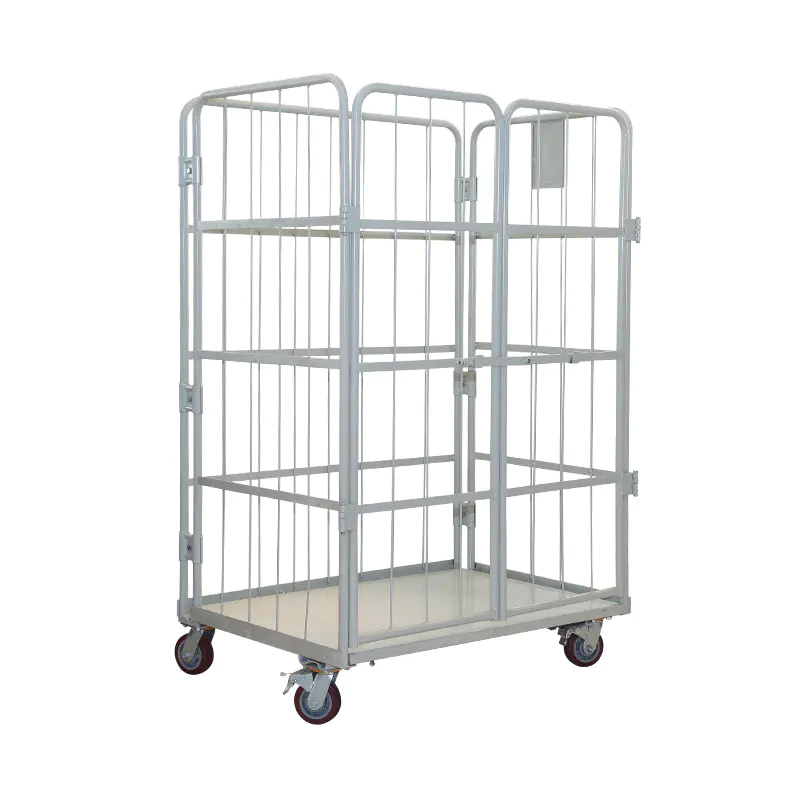Don't hesitate to send a message
Web Menu
Product Search
Exit Menu
Discussion on key technology and process of folding rack for storage and stacking in warehouse
1. What is the design basis of the load-bearing structure of heavy-duty warehouse storage stacking folding rack?
In the storage operation of heavy warehouses, stacking folding racks need to carry a large amount of goods, and the design of their load-bearing structure is crucial. The primary basis for the design of the load-bearing structure is the weight and type of goods. The weight of different goods varies greatly, from small goods weighing tens of kilograms to large industrial equipment weighing several tons, which may be stored on stacking folding racks. At the same time, the type of goods will also affect the load-bearing design. For example, fragile goods require higher stability of the load-bearing structure, and irregularly shaped goods may require a special load-bearing layout to ensure stable placement.
Secondly, the principle of mechanics is the core basis for the design of load-bearing structures. By applying the principles of statics and dynamics in mechanics, the stress, strain and moment of each component of the stacking folding rack when carrying goods are calculated. Taking the truss structure as an example, it uses the stability principle of the triangle and distributes the weight of the goods to each support point by rationally arranging the rods, reducing the force on a single component and thus improving the overall load-bearing capacity. When designing, it is also necessary to consider the force conditions under different working conditions, such as the static force during normal storage and the dynamic force during the storage and retrieval of goods, to ensure that the structure is safe and stable under various conditions.
The mechanical properties of materials are also an important basis for the design of load-bearing structures. Steel is often used in the production of stacking and folding racks because of its high strength, good toughness and machinability. Different types of steel, such as Q235, Q345, etc., have different mechanical properties such as yield strength and tensile strength. Designers need to select appropriate steel according to actual load-bearing requirements. At the same time, the fatigue strength of the material cannot be ignored. For stacking and folding racks that are used frequently for a long time, it is necessary to consider the fatigue damage of the material under repeated stress to ensure the long-term reliability of the structure.
In addition, industry standards and specifications provide guidelines for the design of load-bearing structures. For example, my country's storage shelf standards have clear provisions on the load-bearing capacity and safety factor of shelves. Designers must strictly follow these standards to ensure that the design of stacking and folding racks meets safety requirements. At the same time, there are also international standards such as FEM (European Mechanical Handling Association) standards. When designing international projects or high-end products, these standards must also be referred to so that the products can reach higher quality and safety levels.
2. What are the welding process requirements for heavy-duty warehouse storage stacking folding racks?
The welding process of heavy warehouse storage stacking folding racks is directly related to its structural strength and stability, so it has strict requirements. The first is the selection of welding materials. The welding material must match the parent material. For example, when the parent material is Q345 steel, welding rods with mechanical properties that are compatible with it should be selected, such as E50 series welding rods. The quality of the welding rod must meet national standards and have good process performance, including arc stability, slag removal, etc., to ensure the smooth progress of the welding process and obtain high-quality welds.
The preparation requirements before welding are also very critical. The welding parts need to be cleaned to remove impurities such as oil, rust, and moisture on the surface to prevent these impurities from causing defects such as pores and slag inclusions during the welding process. At the same time, the weldment must be assembled accurately to ensure that the gap, misalignment and other dimensions of the welding joint meet the design requirements, otherwise it will affect the fusion and strength of the weld. In addition, for some thick plate welding, preheating treatment is also required to reduce welding stress and prevent cracks.
The control of process parameters during welding is the core requirement of welding technology. Parameters such as welding current, voltage, and welding speed directly affect the quality of the weld. If the welding current is too large, it will cause defects such as weld undercut and burn-through; if the current is too small, problems such as incomplete penetration and lack of fusion will occur. The appropriate welding voltage can ensure the stable burning of the arc, match the welding current, and form a good weld. The welding speed should be moderate. If it is too fast, the weld will not be melted deeply enough, and if it is too slow, the weld will be too high, affecting the appearance and structural strength. During the welding process, it is also necessary to control the angle of the electrode and the way of moving the electrode to ensure the uniformity and density of the weld.
The quality inspection requirements after welding are an important part of ensuring that the welding process is qualified. Appearance inspection is the most basic inspection method. Through visual inspection or with the help of tools such as magnifying glasses, check whether there are defects such as pores, cracks, undercuts, etc. on the surface of the weld, and whether the outer dimensions of the weld meet the requirements. Non-destructive testing is used to detect defects inside the weld. Commonly used methods include ultrasonic testing and X-ray testing, which can accurately detect defects such as slag inclusions and incomplete penetration inside the weld to ensure that the welding quality meets the design requirements. For unqualified welds, they need to be repaired in time. The repair process must also meet the relevant requirements, and the number of repairs on the same part should not be too many to avoid affecting the structural performance.
3. What are the durability testing methods for heavy-duty warehouse storage stacking folding racks?
Durability testing of heavy-duty warehouse storage stacking and folding racks is an important means to evaluate their service life and reliability. There are mainly the following methods. The first is a static load test. Evenly apply the designed load-bearing weight of goods or simulated heavy objects on the stacking and folding racks, keep them for a certain period of time, and observe the deformation of the structure. By measuring the displacement, strain and other parameters of each component, it is determined whether the structure is deformed within the design allowable range. If the deformation is too large, it means that the stiffness or strength of the structure is insufficient, which may affect its durability. For example, when testing the shelf beams, if the deflection of the beams under static load exceeds the specified value, it is necessary to improve the structure or material of the beams to improve their durability.
Fatigue testing is a key method to evaluate the durability of stacking and folding racks under long-term repeated stress conditions. By simulating the dynamic loads during the storage and retrieval of goods in actual use, a periodic force is applied to the stacking and folding rack. The magnitude, frequency and waveform of this force are similar to the actual working conditions. After a certain number of cycles, check whether the structure has fatigue cracks and other damage. Fatigue testing can discover potential problems that are not easy to detect in normal use of the structure, and provide a basis for improving the design and manufacturing process. For example, when testing the hinged parts of the stacking and folding rack, fatigue testing can determine the fatigue life of the part under long-term use so that corresponding strengthening measures can be taken.
Environmental adaptability testing is also an important part of durability testing. Place the stacking folding rack in different environmental conditions, such as high temperature, low temperature, high humidity, corrosive gas, etc., and observe its performance changes. In a high temperature environment, the mechanical properties of the material may decrease; in a high humidity and corrosive gas environment, metal materials are prone to corrosion, affecting the structural strength. Through environmental adaptability testing, the durability of the stacking folding rack in different environments can be evaluated, providing a reference for selecting appropriate protective measures and use environment. For example, for stacking folding racks used in humid environments, after environmental adaptability testing, it can be determined what kind of anti-corrosion coating or protective structure to use to extend its service life.
In addition, there is also a destructive test. Although this test will cause irreversible damage to the stacking folding frame, it can most intuitively understand the ultimate bearing capacity and damage form of the structure. Gradually increase the load on the stacking folding frame until the structure is destroyed, record the load size and destruction process at the time of destruction, and analyze the weak links of the structure. This test method is often used in the research and development and quality verification stages of new products. The data obtained through destructive testing can be used to optimize the design and improve the durability and safety of the product.
-
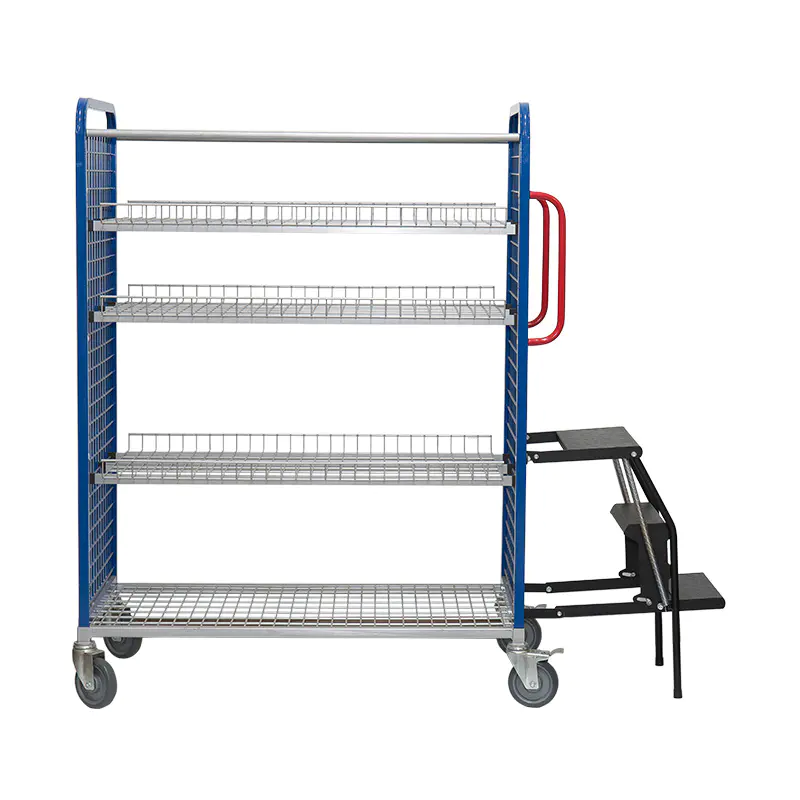
Product specification:This Warehouse wire mesh Multi-Tier Order Picking Trolley adopts a chassis and side panel structur...
See Details -
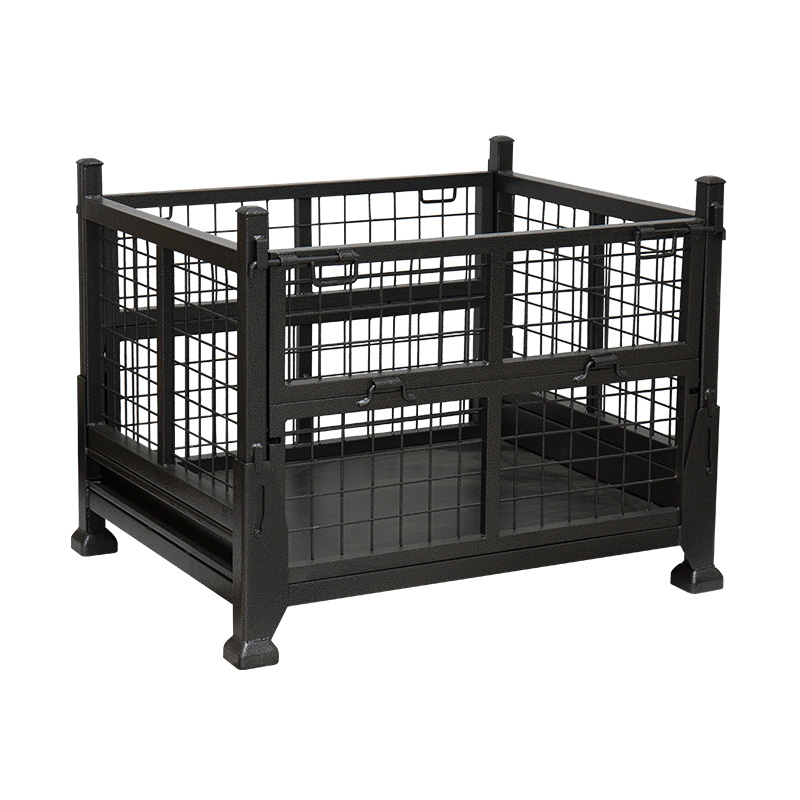
Foldable pallet cages are an important tool in factory logistics. They play an important role in transportation, distrib...
See Details -
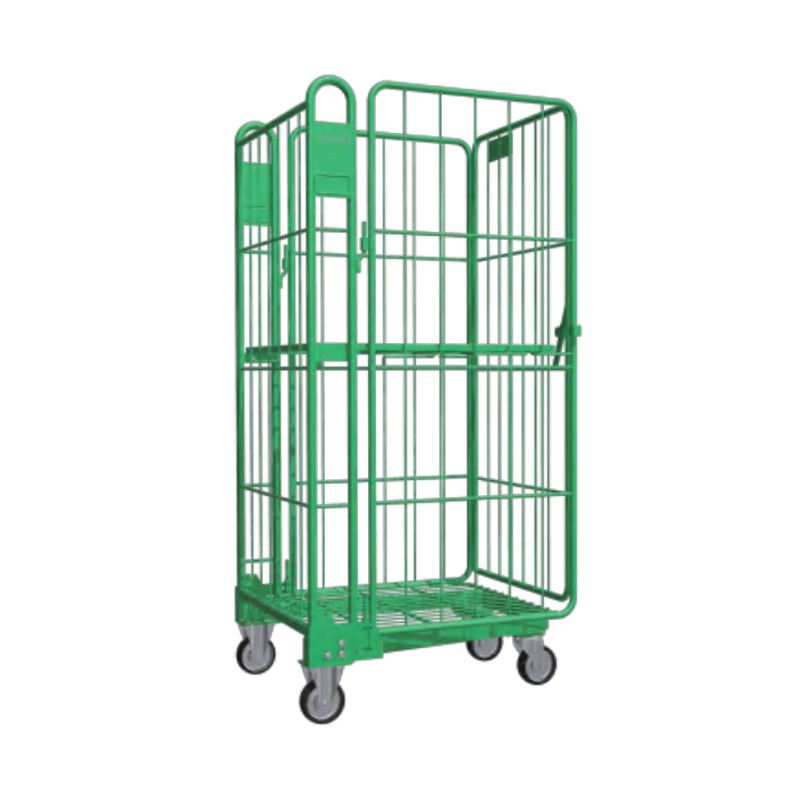
Product specification:The chassis is made of a square tube frame, with a bottom metal sheet tray that can be folded up a...
See Details -
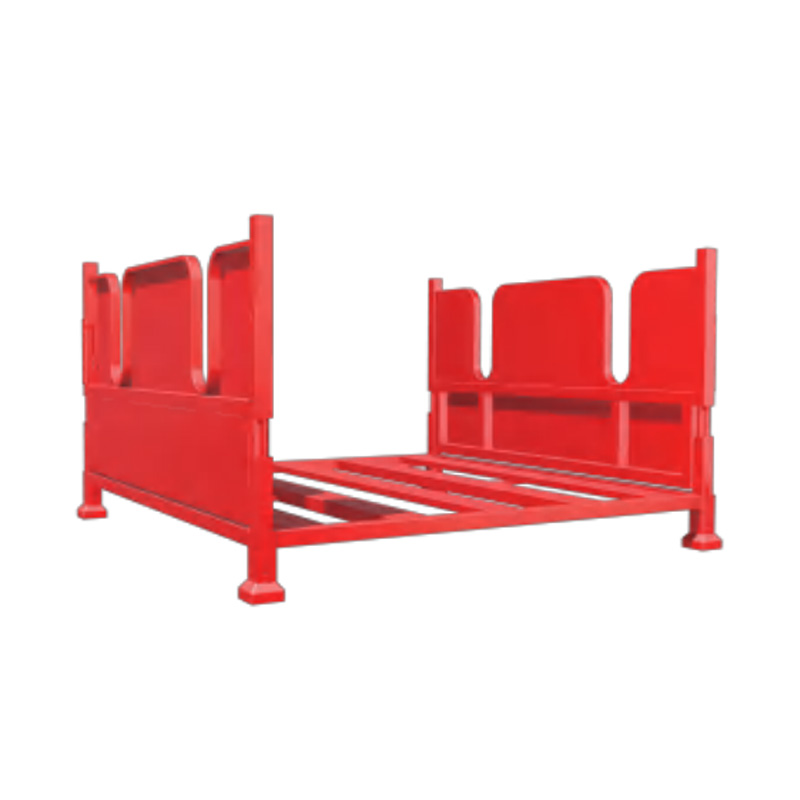
Stacking rack, also known as Qiaogu rack or stacking rackIt is a transportation and storage device derived from pallets ...
See Details -
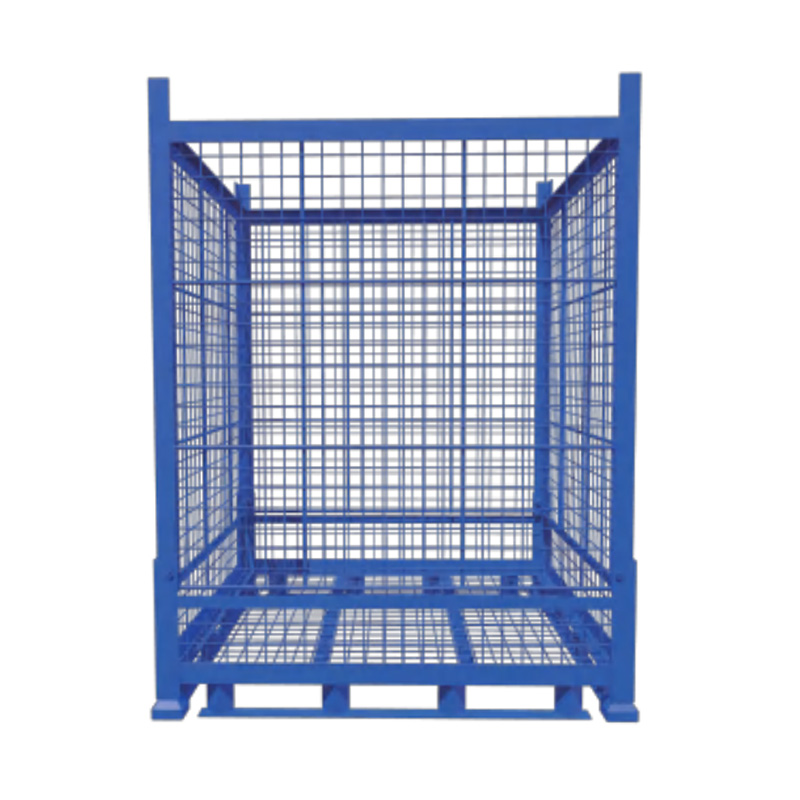
Product specification:Container structure made of L-Type plate frame with 50×50 wire mesh, with base support.Surface tre...
See Details
-
Building B5, No. 138, Weixi Road, Weixi Village, Weitang Town, Xiangcheng District, Suzhou City, China.
-
Tel:
+86-13862140414
+86-13951110334 -
Phone: +86-512-65905480

